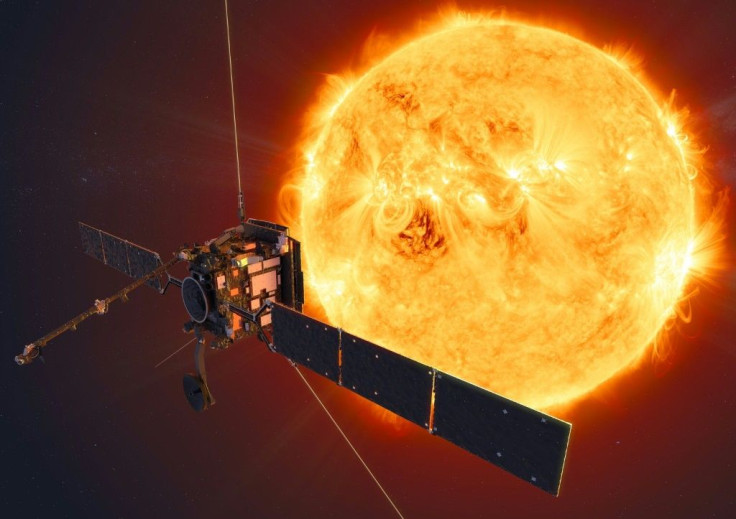LOOK: Solar System Planets Share The Spotlight In Stunning Images From Solar Missions
KEY POINTS
- There are three major missions set to study our sun
- NASA and ESA shared the recent images from these missions
- The NASA/ESA Solar Orbiter even captured short footage showcasing Venus, Earth and Mars
NASA and the European Space Agency's Solar Orbiter captured stunning footage of our planet and its two neighbors. The spacecraft is just one of the three missions aimed at studying the sun, and the other two also captured their own stunning images of the solar system's planets.
In the Solar Orbiter footage, one can see three bright star-like objects. The leftmost and brightest one is Venus, the one on the right is Mars, while our Earth is the one in the middle, ESA explained.
The sun is actually on the right side of the planets. Although unseen, its bright light can still be observed in the footage.
Hop on board and fly along with #SolarOrbiter to the inner Solar System 🤗 💫
— ESA's Solar Orbiter (@ESASolarOrbiter) January 26, 2021
We look out and see Venus (left), our home Earth (middle) and Mars (right)! 👋
This recording was made with the Heliospheric Imager camera on 18 November 2020. 🎥
More info 👉 https://t.co/G1rwd1cAGG pic.twitter.com/CaUFziyWiE
According to ESA, the Solar Orbiter's Heliospheric Imager (SoloHi) instrument captured the footage on Nov. 18, 2020, when it was on the way to Venus for the first gravity assist flyby. At the time, it was 48 million kilometers away from Venus, 251 million kilometers away from the Earth and 332 million kilometers away from Mars.
Earlier on its journey, it had already taken stunning images of the sun, including one that captured a tardigrade-shaped blob on the sun's surface, which turned out to be the result of a sensor defect, and the "campfires," which are actually smaller versions of solar flares.
Those who would like to track the Solar Orbiter's location can do so using the interactive chart provided by ESA.
More Solar System Images
The two other missions to study the sun, NASA's Parker Solar Probe and the Solar Terrestrial Relations Observatory (STEREO), have also sent back their recent images of the planets in the solar system as they make their way to study the sun.
NASA shared the images that were taken. Although both captured most of the planets in the solar system at around the same time in June 2020, they still provided different views because of their unique vantage points.
Finally, our STEREO mission had another perspective on this June 7 scene, seeing the same six planets that #ParkerSolarProbe saw from a different point of view. https://t.co/72YCuhFW0E pic.twitter.com/Q045D8uLjY
— NASA Sun & Space (@NASASun) January 26, 2021
Studying The Sun
What are the solar missions for? All three aim to study the sun in more detail, but as NASA explained, these missions won't actually look at the sun, despite the missions' focus on our star. Instead, they will look at solar wind, or the solar material constantly flowing from the sun and into space.
SoloHi, for instance, isn't just capturing footage of Venus, Earth and Mars. It is actually one of the six remote-sensing instruments aboard the Solar Orbiter, and its purpose is to take images of the solar wind.
Together, the three missions will study the sun and how it influences the space around it, and each will have a different perspective because of their unique views of the sun, NASA explained.

© Copyright IBTimes 2024. All rights reserved.





















